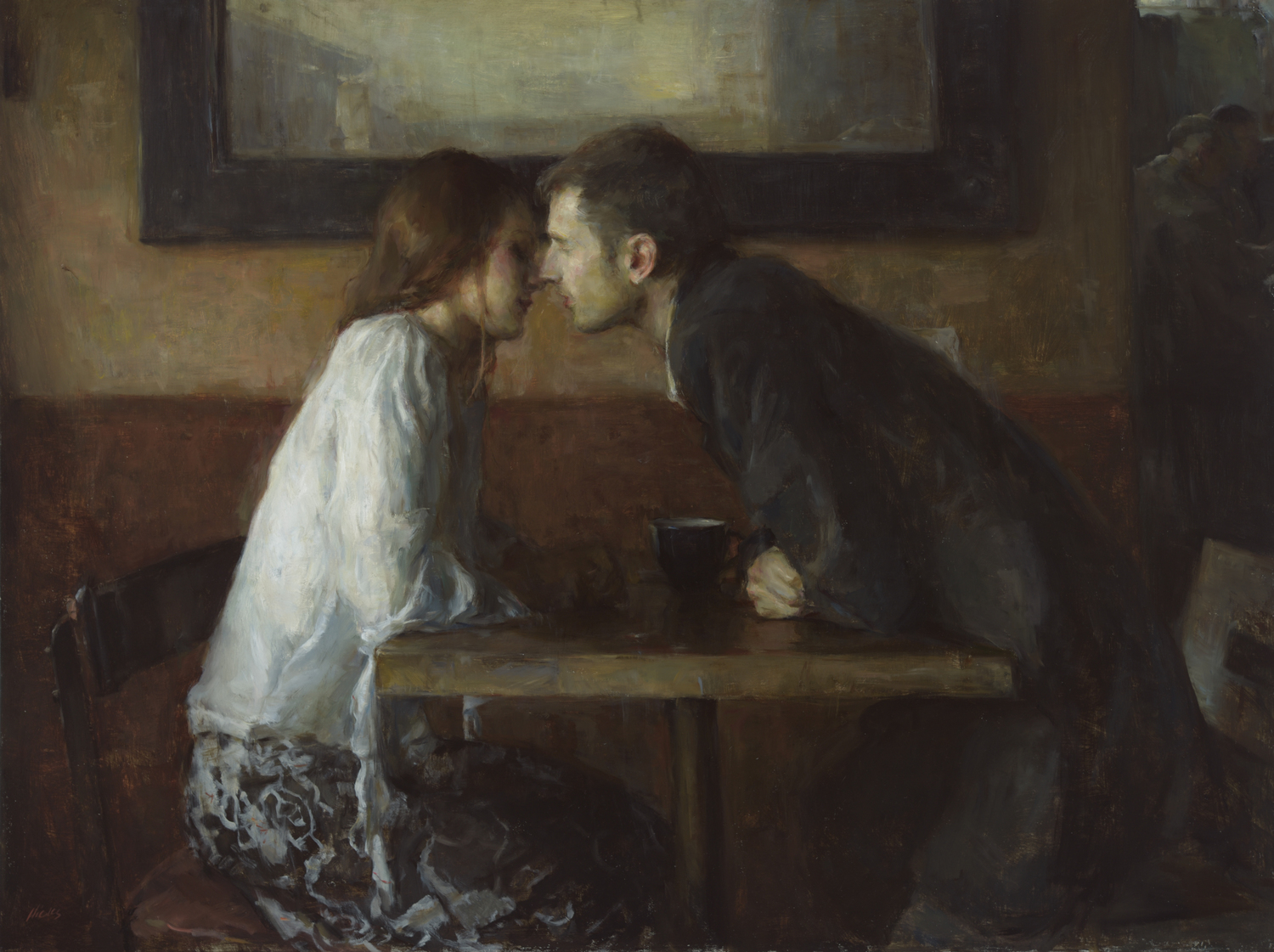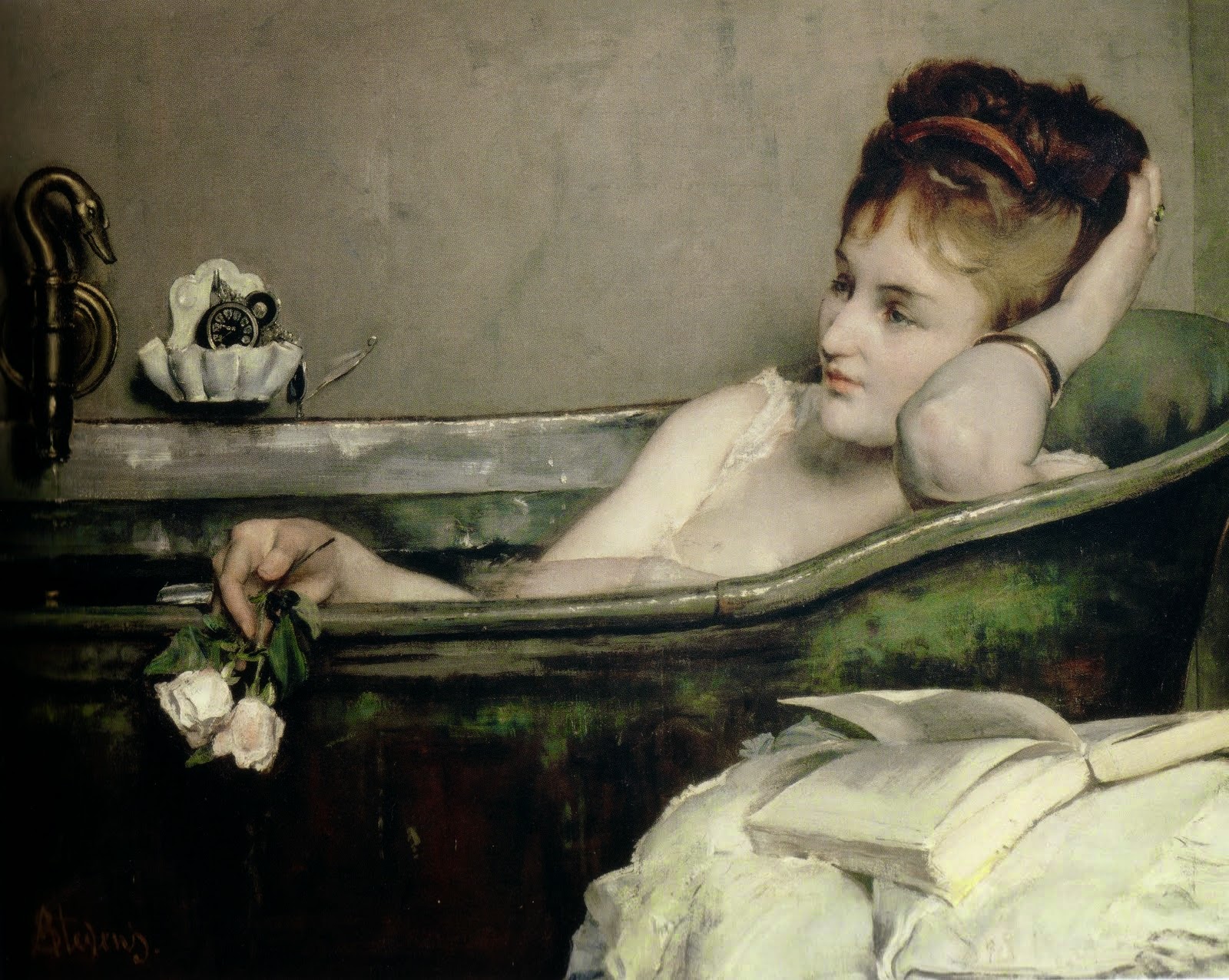Nani, Napoleone - Nacque a Venezia da Luigi e da Elisa Fortes il 18 maggio 1839 e fu battezzato nella parrocchia di S. Geremia. Iscritto all'Accademia di belle arti della città natale dal 1853, subito ottenne premi e riconoscimenti: nel 1854 per gli "elementi di figura", nel 1856 per l’"invenzione della figura palliata" e per i "nudi in disegno" sia aggruppato sia semplice; nel 1858 per l’"insieme storico in cartone" nella sezione pittura.
Già agli inizi degli anni Sessanta iniziò la sua duplice attività d’insegnamento ed espositiva.
Venne nominato nel 1862 aggiunto provvisorio all'insegnamento degli elementi di figura, statuaria e anatomia dell’Accademia di Venezia, dove espose nel 1863 Il figlio del pescatore e, nel 1864, Mezza figura di donna (n. 123; Milano, Archivio studio Paul Nicholls).








